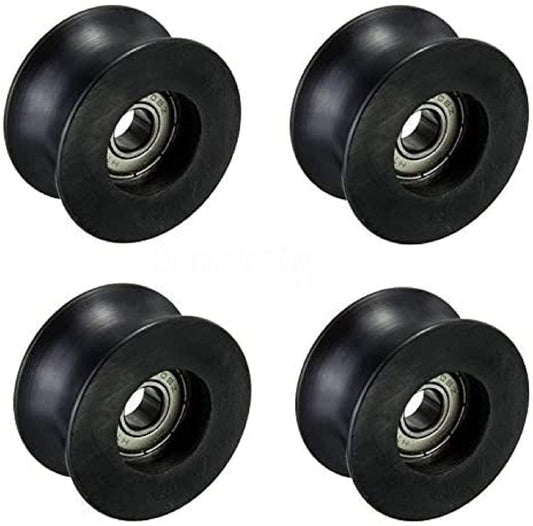Dive into the dynamic world of HDPE (High-Density Polyethylene), the game-changer in packaging innovation. This blog post explores the remarkable versatility of HDPE in providing state-of-the-art packaging solutions that are not only durable but also incredibly resilient. Learn about the protective qualities of HDPE sheets and boards that make them indispensable in safeguarding products during transport and storage. We'll also discuss the environmental benefits of using HDPE, emphasizing its role in promoting eco-friendly packaging choices through its recyclability and energy efficiency. Additionally, the post will highlight innovative uses of HDPE panels in industrial settings, showcasing their unparalleled durability and chemical resistance. Finally, we'll offer a detailed comparative analysis, positioning HDPE against other plastic materials in the industry, to underline its superior performance and cost-effectiveness. Discover why HDPE is the go-to material for enhancing packaging efficiency and sustainability.
🎉🎉🎉Limited Time Offer Use code: QR4GNY08SHVR at checkout and enjoy a special discount on your entire order! 👉 HDPE plastic

The Versatility of HDPE in Packaging Solutions
High-density polyethylene (HDPE) stands out as a cornerstone material in the packaging industry, valued highly for its flexibility and sturdiness. This thermoplastic polymer, processed from petroleum, offers a blend of qualities that make it ideal for various packaging needs.
Utilizing HDPE Sheets and Films
HDPE sheets and films are remarkably adaptable for a wide array of packaging formats. From rigid containers to flexible film applications, HDPE's physical properties allow it to withstand environmental stress and chemical corrosion, ensuring that everything from consumer goods to industrial components is securely protected. The lightweight nature of HDPE films makes them perfect for food packaging, where they function as effective barriers against moisture and contaminants, preserving freshness and extending shelf life.
The Adaptability of HDPE
One of the primary advantages of HDPE is its ability to be molded into nearly any shape and size, which means HDPE sheets can be custom-made to fit specific packaging requirements. This adaptability not only facilitates the packaging of irregularly shaped items but also enhances the product's overall aesthetic and consumer appeal. Additionally, the surface of HDPE allows for high-quality printing and labeling, which is crucial for branding and product identification in retail environments.
Resilience Against Environmental Challenges
HDPE's resilience is another attribute that makes it an excellent choice for packaging. It has a high strength-to-density ratio, which is why HDPE containers are robust and durable, capable of resisting punctures and tears during transportation and handling. Moreover, HDPE's low moisture absorption helps maintain the integrity of the package, even in humid or wet conditions.
HDPE: A Material Designed for Efficiency
The production process of HDPE is designed for efficiency, with relatively low energy consumption compared to other plastics. This efficiency, coupled with HDPE’s recyclability, positions it as a sustainable choice for environmentally conscious businesses. By opting for HDPE, companies not only utilize a material that meets stringent packaging standards but also contribute to a reduction in environmental impact.











